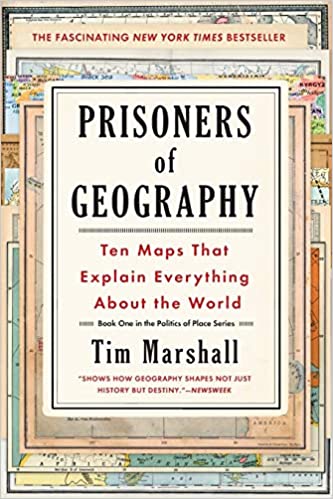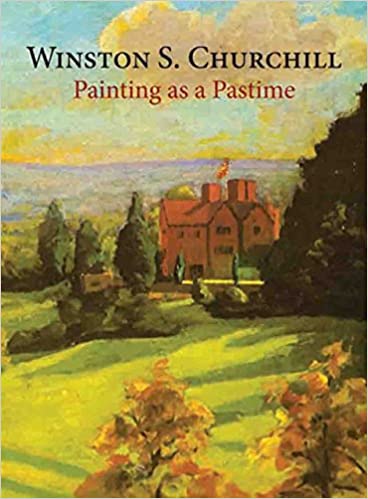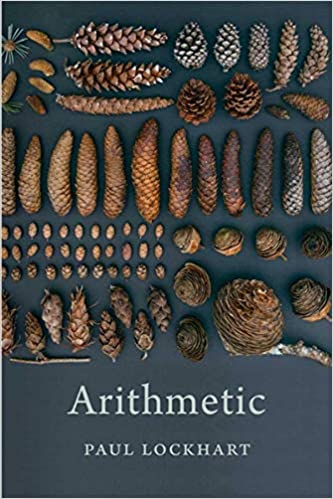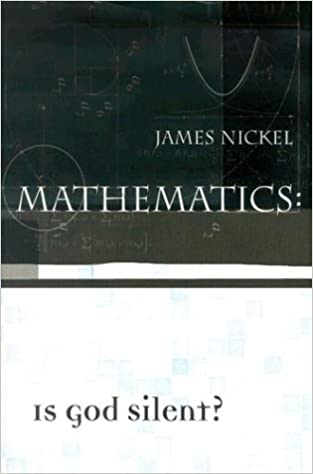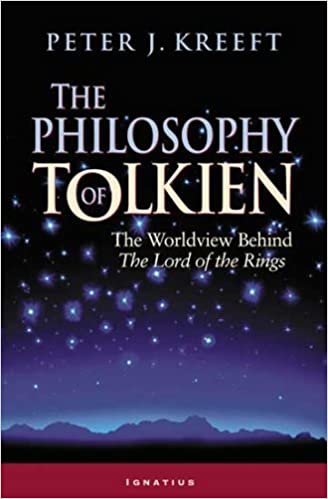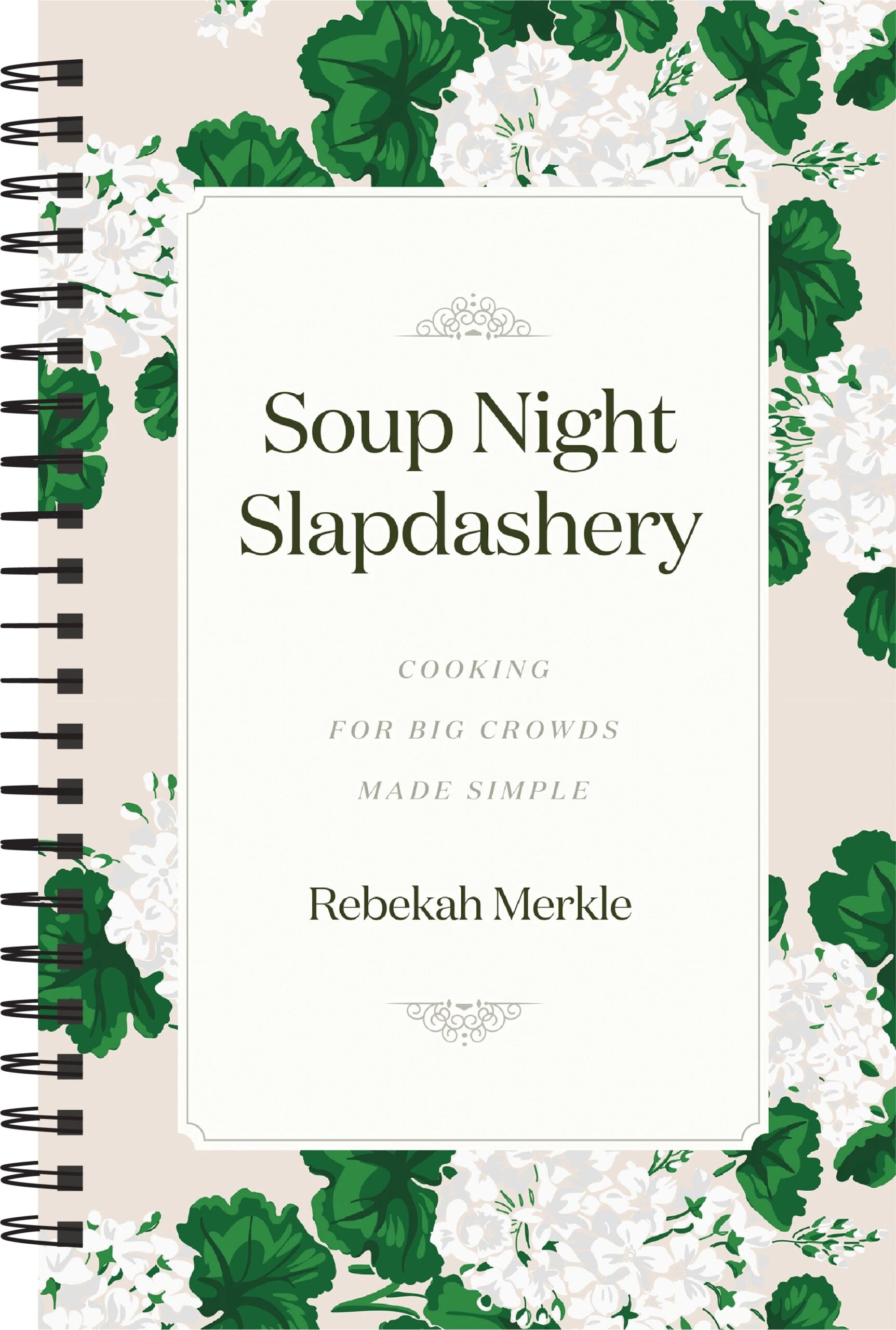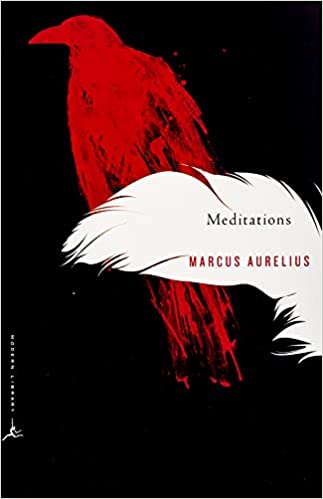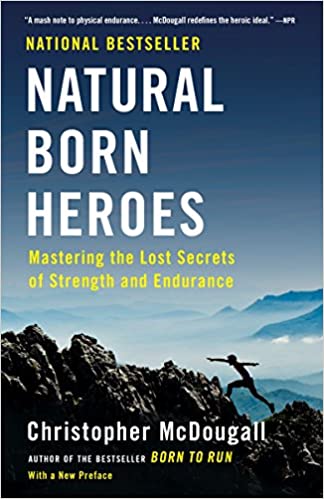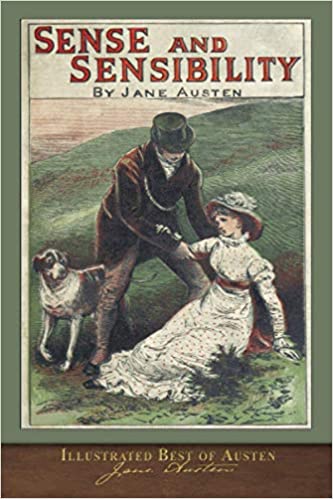Prisoners of Geography: Ten Maps That Explain Everything About the World (Politics of Place)
Offering “a fresh way of looking at maps” (The New York Times Book Review), Marshall explains the complex geo-political strategies that shape the globe. Why is Putin so obsessed with Crimea? Why was the US destined to become a global superpower? Why does China’s power base continue to expand? Why is Tibet destined to lose its autonomy? Why will Europe never be united? The answers are geographical. “In an ever more complex, chaotic, and interlinked world, Prisoners of Geography is a concise and useful primer on geopolitics” (Newsweek) and a critical guide to one of the major determining factors in world affairs.
More info →Painting As a Pastime
The perfect antidote to his 'Black Dog', a depression that blighted his working life, Churchill took to painting with gusto. Picking up a paintbrush for the first time at the age of forty, Winston Churchill found in painting a passion that was to remain his constant companion. This glorious essay exudes his compulsion for a hobby that allowed him peace during his dark days, and richly rewarded a nation with a treasure trove of work.
More info →Arithmetic
Because we have ten fingers, grouping by ten seems natural, but twelve would be better for divisibility, and eight is well suited to repeated halving. Grouping by two, as in binary code, has turned out to have its own remarkable advantages.
Paul Lockhart presents arithmetic not as rote manipulation of numbers―a practical if mundane branch of knowledge best suited for filling out tax forms―but as a fascinating, sometimes surprising intellectual craft that arises from our desire to add, divide, and multiply important things. Passionate and entertaining, Arithmetic invites us to experience the beauty of mathematics through the eyes of a beguiling teacher.
More info →Mathematics: Is God Silent?
This book revolutionizes the prevailing understanding and teaching of math. The addition of this book is a must for all upper-level Christian school curricula and for college students and adults interested in math or related fields of science and religion. It will serve as a solid refutation for the claim, often made in court, that mathematics is one subject, which cannot be taught from a distinctively Biblical perspective.
More info →String Straight-edge and Shadow
Please note that this Floris Books edition has been revised for UK and European notation, language and metric systems. From the early peoples who marvelled at the geometry of nature -- the beehive and bird's nest -- to ancient civilisations who questioned beautiful geometric forms and asked 'why', the story of geometry spans thousands of years. Using only three simple tools -- the string, the straight-edge and the shadow -- human beings revealed the basic principles and constructions of elementary geometry. Weaving history and legend, this fascinating book reconstructs the discoveries of mathematics's most famous figures. Through illustrations and diagrams, readers are able to follow the reasoning that lead to an ingenious proof of the Pythagorean theorem, an appreciation of the significance of the Golden Mean in art and architecture, or the construction of the five regular solids. This insightful and engaging book makes geometry accessible to everyone. Readers will be fascinated with how the knowledge and wisdom of so many cultures helped shape our civilisation today. String, Straight-edge and Shadow is also a useful and inspiring book for those teaching geometry in Steiner-Waldorf classrooms.
More info →The Philosophy of Tolkien: The Worldview Behind The Lord of the Rings
While nothing can equal or replace the adventure in reading Tolkien’s masterwork, The Lord of the Rings, Peter Kreeft says that the journey into its underlying philosophy can be another exhilarating adventure.
Thus, Kreeft takes the reader on a voyage of discovery into the philosophical bones of Middle earth. He organizes the philosophical themes in The Lord of the Rings into 50 categories, accompanied by over 1,000 references to the text of Lord.Since many of the great questions of philosophy are included in the 50-theme outline, this book can also be read as an engaging introduction to philosophy. For each of the philosophical topics in Lord, Kreeft presents tools by which they can be understood. Illustrated.
Practical Happiness: A Young Man’s Guide to a Contented Life
Behind their brave and independent exteriors young men are searching for answers. Without counsel how can they find the path that leads to inner joy and lasting contentment? Practical Happiness: A Young Man's Guide to a Contented Life offers such counsel. Through short, captivating stories, Bob Schultz has crafted a book to lead young men toward a life of contentment that can only be found by seeking the heart of God. Bob writes with a homespun wisdom born out of experience as well as a quest for a closer walk with God. His goal is to help young men chart a smooth course through life by addressing areas of faith, character, and subtleties of attitude that must be adjusted in order to direct them on the path to inner joy and lasting contentment.
More info →Soup Night Slapdashery
Do you want to cook for a large group of people but are overwhelmed by the prospect? Look no further! Make meals that are quick, classy, and easy to assemble.
The need to feed a crowd is a fact of life for many Christian communities, but it doesn’t exist anywhere else in the American social scene. Google “feed a big group” and you’ll get cute entertainment magazines with suggestions for caviar and soufflés for six, or, on the other hand, a mass of gray casseroles requiring only hamburger, cream of mushroom, and crushed Fritos.
Where are the actually delicious recipes for an actually large group—whether for a regular Bible study or a home group or a school event—where you don’t have to multiply the recipe by 16?
That’s why Rebekah Merkle has put together these soup night recipes with the scaling, menu, tips, and taste-testing fine-tuned from years in her own home.
If you want to take hospitality seriously but aren’t sure how, this is the book for you. It’s packed with no-nonsense practical advice about grocery runs, best kitchen utensils, soup-night logistics, budget- and time-saving tips, and husband-approved soup recipes (with bread and cinnamon rolls to go with).
Soup Night Slapdashery provides the 16 recipes you need to start practicing hospitality for big crowds. (Yes, regular-batch-sized recipes are included as well.) The great news is this won’t take you a week of prep. With this handy cookbook, you can easily feed a crowd with just a few hours of work.
More info →Meditations
Nearly two thousand years after it was written, Meditations remains profoundly relevant for anyone seeking to lead a meaningful life.
Few ancient works have been as influential as the Meditations of Marcus Aurelius, philosopher and emperor of Rome (A.D. 161–180). A series of spiritual exercises filled with wisdom, practical guidance, and profound understanding of human behavior, it remains one of the greatest works of spiritual and ethical reflection ever written. Marcus’s insights and advice—on everything from living in the world to coping with adversity and interacting with others—have made the Meditations required reading for statesmen and philosophers alike, while generations of ordinary readers have responded to the straightforward intimacy of his style. For anyone who struggles to reconcile the demands of leadership with a concern for personal integrity and spiritual well-being, the Meditations remains as relevant now as it was two thousand years ago.
In Gregory Hays’s new translation—the first in thirty-five years—Marcus’s thoughts speak with a new immediacy. In fresh and unencumbered English, Hays vividly conveys the spareness and compression of the original Greek text. Never before have Marcus’s insights been so directly and powerfully presented.
With an Introduction that outlines Marcus’s life and career, the essentials of Stoic doctrine, the style and construction of the Meditations, and the work’s ongoing influence, this edition makes it possible to fully rediscover the thoughts of one of the most enlightened and intelligent leaders of any era.
More info →Natural Born Heroes: Mastering the Lost Secrets of Strength and Endurance
Christopher McDougall’s journey begins with a story of remarkable athletic prowess: On the treacherous mountains of Crete, a motley band of World War II Resistance fighters—an artist, a shepherd, and a poet—abducted a German commander from the heart of the Axis occupation. To understand how, McDougall retraces their steps across the island that birthed Herakles and Odysseus, and discovers ancient techniques for endurance, sustenance, and natural movement that have been preserved in unique communities around the world.
His search takes us scrambling over rooftops with a Parkour crew in London, foraging for greens with a ballerina in Brooklyn, tossing heavy pieces of driftwood on a Brazilian beach with the creator of MovNat—and, finally, to our own backyards. Natural Born Heroes will inspire readers to unleash the extraordinary potential of the human body and climb, swim, skip, throw, and jump their way to heroic feats.
More info →Sense and Sensibility
Sense and Sensibility is a novel by Jane Austen, initially published anonymously in 1811. It tells the story of the Dashwood sisters, Elinor and Marianne as they come of age. They have an older, stingy half-brother, John, and a younger sister, Margaret. The novel follows the three Dashwood sisters as they must move with their widowed mother from the estate on which they grew up, Norland Park. Because Norland is passed down to John, the product of Mr. Dashwood's first marriage, and his young son, the four Dashwood women need to look for a new home. They have the opportunity to rent a modest home, Barton Cottage, on the property of a distant relative, Sir John Middleton. There they experience love, romance, and heartbreak.
More info →
